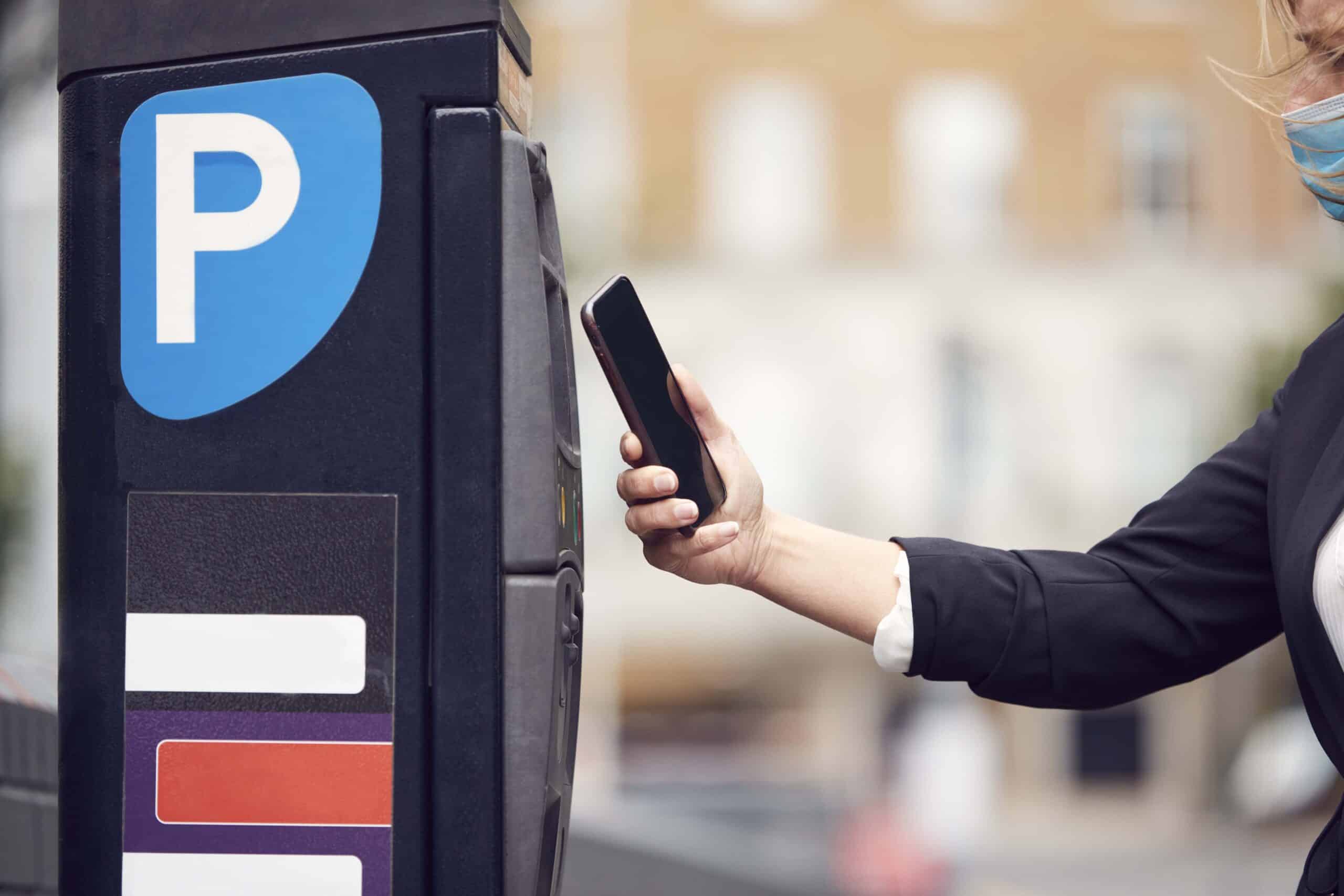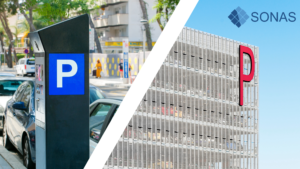As the saying goes, necessity is the mother of invention. The pandemic indeed is accelerating an already increasing trend to favour digital transactions over cash payments.
Pre-pandemic, the use of cash declined by around 15% per year. According to the Financial Times, less than one-fifth of payments in 2020 were cash. However, this is directly attributable to the concern that the virus is transmittable through coins and banknotes.
For example, during the financial year 2020-21, Edinburgh council made roughly eight times more parking revenue using cashless payment provider RingGo than their pay and display cash. Compared to their revenues only ten years ago when pay and display cash was 11 times more lucrative.
It is pretty clear that society favours contactless and payments made via an App on their mobile. But does this mean cash is becoming redundant? We don’t think so.
Why cash remains relevant
According to research, of the 48 counties in the UK that took part in the study. Unsurprisingly, almost 90% have an overall cash reliance score of above 50% as of 2021. Similarly, one in five still use an ATM two to three times a week. According to the BBC, the average ATM withdrawal has risen from £65 in 2020 to £82 in 2021.
Even more so, there were concerns about Covid transmissions through cash handling. Notably, less than half of those who still consider cash important is due to covid concerns.
According to the European Central Bank, they believe cash will withstand the digital revolution. They highlight that cash, unlike digital transactions, is open to almost anyone. It is financially more inclusive. The reliance on cash by a large section of the population, such as small vendors and merchants, means cash is far from becoming outdated.
How does this impact you?
Cash management systems are more relevant than ever. Digitising the cash cycle to create efficiencies and spot discrepancies. It is essential that, when relying on traditional cash-based methods, you do not fall into the trap of conventional workflows. Utilising an effective cash management system can significantly reduce costs and save time. Notably, which may encourage the use of cash rather than hinder it.
Will Digital Payments be the new norm in Parking?
The increase in digitisation has left many worries that councils may move towards a total digital payments strategy using third-party payment apps. There has been objections and concerns leading to the AA contacting councils and asking to retain pay by cash parking. A cashless society with cashless parking would be less inclusive. Cash payments ensure all drivers can use the parking facilities.
Jack Cousens, head of roads policy for the AA, said, “For now, cash remains king when paying for parking. However, a speedy transition to an increasingly cashless society is paving a way that could threaten to lock older drivers and low-income households out of their town centre.”
It is undoubtedly accepted that digital payments have eased the stress of parking, especially for younger drivers. There are still some limitations, such as the functionality and ease of use of third-party payment apps.
However, digital payment apps functionality and accessibility will only increase through AI, providing real-time intelligence on parking availability and precise locations to drivers via smartphone notifications. These AI cars are so advanced you could categorise them as‘smartphones on wheels. Is this the beginning of a cashless society?
This new breed of the intelligent vehicle are capable of performing cashless parking. Today, motorists must pull up, park, then fish out their phones to make a cashless parking payment. In 2022, this process will be much easier with their vehicles automatically paying for the parking.
How will the AI of smart cars change the parking industry?
Outside of parking, open data networks will provide drivers with crucial information about a range of services designed to ease their journeys. Such as, EV chargers, accessibility for disabled drivers, and air quality information. This will meet driver needs and result in a change in attitude towards parking.
One of the notable names in automation, BMW has announced an in-car parking payment solution by RingGo, now available in over 150,000 BMW models across the UK. The RingGo application accessed via the car’s onboard iDrive infotainment system. Overall, simplifying the process of making payment for parking.
Drivers can now enjoy a seamless transition from navigation to parking and finally paying. All through their in-car touchscreen without the need for a phone or cash.
What does this mean for Parking reconciliation?
With the increase in digital payments, smart-cars and third-party APP payment providers, the reconciliation process could be more complex than ever before, if done manually. A simple process which is the matching of two different data sets, now becomes perplexing.
The process now involves matching off third-party data coming from payment providers such as RingGo, and more. With this comes unique reconciliation challenges; if you are receiving all your revenue data from the same source, such as third-party payment provider, how do you know it is correct? As we have seen recently in the news with the Horizon Post-master scandal systems are not always 100%. Therefore, it is essential to reconcile your internal data against the third-party data.
And now, with the integration of multiple third-party payment providers, you have to match off your data against all multiple service providers. Adapting internal process could be the downfall of cashless parking and the idea of a cashless society.
The reconciliation process
The reconciliation process should look like 1 of 2 ways:
For online machines, the reconciliation process will match off your online system data with the data coming from your multiple app payment providers in an aggregated format.
If the machine is offline, data would need to be captured as a sample. Your parking attendant can simply check the registration of a car against the app provider’s “white” list and save this data. Using this data, you can compare it against the data coming from the third party. Therefore, giving you two sets of data coming from different sources.
However, now you have payments coming from smart cars. Therefore manual reconciliation processes completed on a spreadsheets will be almost impossible to use. Essentially, the need for automation in reconciliation has never been more in demand: A software that automated and reconciles payments from all payment types and providers.
Now, what about cash reconciliation?
Some may argue that a benefit of digital payments is a high level of transparency; while this is correct, cash reconciliation can also be transparent. Suppose you have a system to record all of your machine’s audit receipts in real-time along with the time, date and by who. This data is compared against the physical cash collected. In that case, you should have a transparent overview of any shortages or overages and whether this has come from a machine error or theft.
Overall, with reliance on digital payment providers increasing with multiple channels of payment types, there will be a shift in the reconciliation process to more real-time transparent data, focusing on reporting and analytics.
What would happen if there was no cash?
If you can’t imagine a cashless society you aren’t alone — despite the prevalence of credit and debit cards and the rise of mobile payments, more than 27.4% of all point-of-sale (POS) payments are cash.
Still, there’s a long way to go before going cashless is a realistic option in many countries — and the changeover could be costly in itself because countries would need the correct infrastructure to support a cashless economy.
Mark Ranta, the head of digital banking solutions at ACI:
“Having physical cash and handing it over to someone is a real experience and one many people use for budgets or to keep their spending habits in check.”
Cashless Society and Digital Capabilities
Another major hurdle? Unlike cash transactions, which happen instantly, many digital banking transactions can take hours or longer to go through. So would individuals need more disposable income to fund these “pending” transactions used by some contactless payment methods?
He said that for countries to be cash-free, the delay on pending transactions would have to be eliminated.
Plus, digital banking requires individuals to have the equipment (most likely a smartphone) to make the transaction, often a credit or debit card for making payments at retailers and some bank accounts. This leads back to the overall concerns cashless payment is not inclusive; to change to a cashless society would be simply abandoning citizens of the world. Therefore, if there if the idea of a cashless society seems out of reach, does that apply to cashless parking, it seems so.
Conclusion
Despite the trend toward a cashless society, cash is still king. It plays a vital role in financial accessibility. Cash will undoubtedly remain for the foreseeable future despite accelerations by the pandemic.
More than two fifths (46%*) of drivers say that paying for parking for cash is their first choice, rising to more than half of older drivers (aged 65+ 56%) and three fifths for low-income households (62%). Chip & Pin payments come second with contactless payment with a card or smartphone third. Paying via an app and by phone complete the top five.
While offering cashless parking is popular amongst younger drivers, older drivers and low-income households prefer to manage their budgets with cash and want the flexibility to pay for parking with coins and then spend any change in the local High Street






